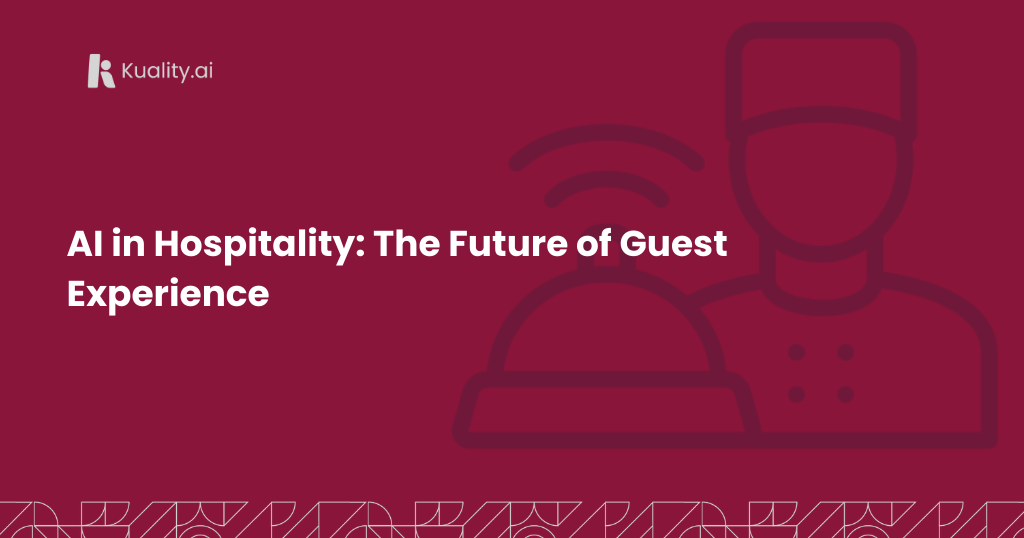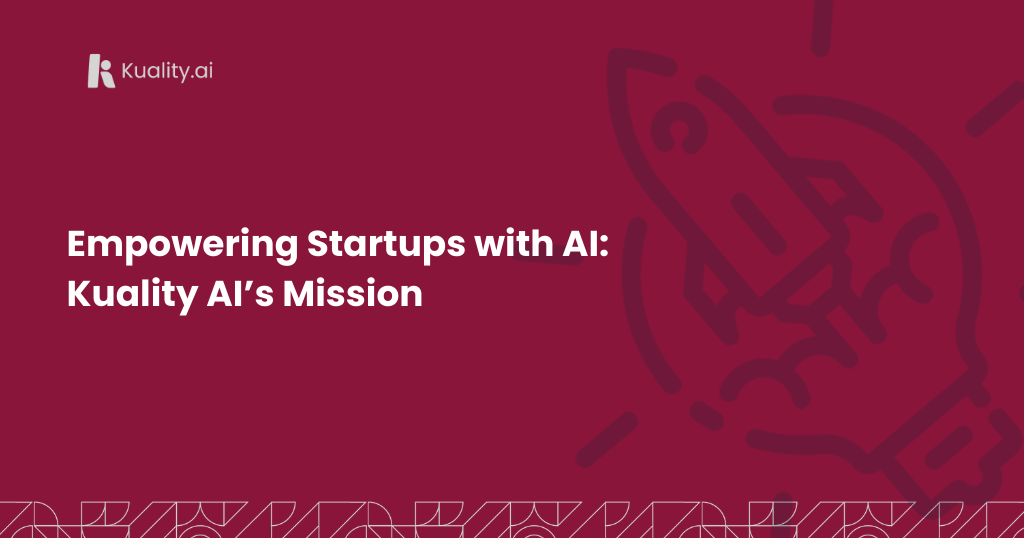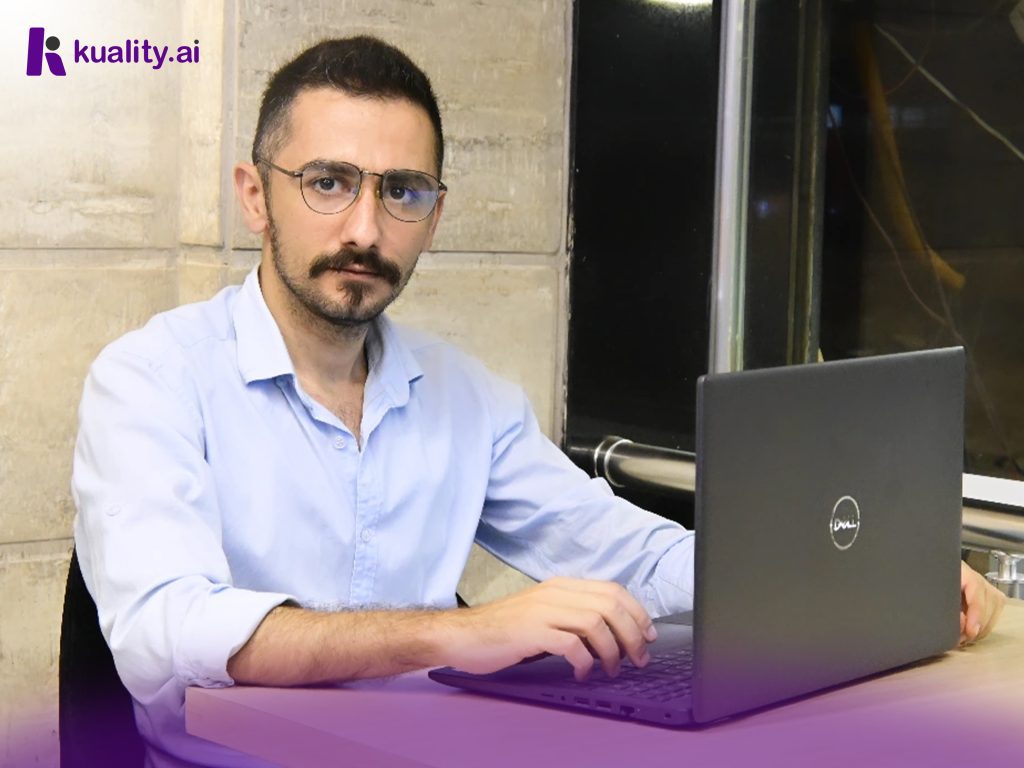
Introduction
Why is AI relevant to the hospitality industry?
AI is reshaping industries worldwide, and the hospitality sector is no exception. Whether you run a luxury hotel or a small B&B, AI-driven solutions can enhance guest experiences, streamline operations, and give you a competitive edge. In this Q&A post, we’ll explore how AI is used in hospitality, its key benefits, challenges, and best practices for successful implementation.
What exactly does “AI in hospitality” mean?
AI (Artificial Intelligence) refers to machines or computer systems that simulate human intelligence processes—such as learning, problem-solving, and decision-making. In hospitality, AI-powered tools handle tasks like predictive maintenance, dynamic pricing, personalized marketing, and even guest-facing services like virtual concierges. Hotels can improve service quality and reduce operational costs by automating repetitive work and utilizing data insights.
Key AI Applications in Hospitality
1. Personalized Guest Experiences
How do AI-driven tools personalize guest experiences?
Chatbots and Virtual Assistants:
They offer instant responses to guest queries, handle booking details, and suggest local attractions.
Recommendation Engines:
By analyzing guest profiles and past behavior, they suggest customized amenities or services—ranging from spa treatments to specific room types—boosting guest satisfaction.
2. Dynamic Pricing and Revenue Management
How does AI help with pricing strategies?
Predictive Analytics:
Uses historical and real-time market data to optimize room rates for maximum occupancy.
Automated Yield Management:
Frees staff to focus on strategic tasks by continually adjusting prices based on demand and other factors.
3. Operational Efficiency
Can AI make hotel operations more efficient?
Smart Housekeeping:
AI-driven tools schedule cleaning tasks considering occupancy and staff availability, ensuring rooms are ready quickly.
Inventory Management:
Automated tracking prevents shortages or overstocking of essential items like linens and toiletries.
4. Enhanced Security
In what ways does AI improve security?
Facial Recognition:
Expedites check-in and grants secure access to guest rooms or restricted areas.
Anomaly Detection:
Monitors surveillance footage in real-time, alerting staff to suspicious activity.
5. Data-Driven Insights
How does AI help analyze guest feedback and plan for the future?
Guest Feedback Analysis:
Natural Language Processing (NLP) tools sift through online reviews and social media to gauge guest sentiment.
Forecasting:
Predicts demand for services and amenities, supporting better inventory and event planning.
Advantages of AI in Hospitality
What are the main benefits of integrating AI?
Improved Guest Satisfaction:
Guests receive personalized recommendations, leading to memorable stays.
Operational Cost Savings:
Automation reduces labor costs and human error.
Higher Revenue:
Dynamic pricing and targeted upselling can significantly boost profits.
Efficient Resource Management:
Predictive models ensure optimal use of staff, supplies, and facilities.
Real-Time Decision Making:
AI systems adapt quickly to shifting market conditions.
Disadvantages and Challenges
What challenges might hotels face when adopting AI?
Initial Implementation Costs:
Purchasing software and hardware, plus training, can be expensive for smaller businesses.
Data Privacy Concerns:
Large amounts of personal data require robust cybersecurity measures.
Workforce Displacement:
Automation can reduce certain job roles but may also create new, more specialized positions.
System Reliability:
AI depends on stable internet and strong infrastructure; outages can disrupt guest experiences.
Best Practices for Adopting AI
How can hotels implement AI successfully?
Start Small and Scale:
Test AI with a chatbot or a dynamic pricing tool before expanding.
Focus on Data Quality:
AI’s effectiveness hinges on clean, accurate data.
Employee Training:
Equip your team to leverage new AI systems confidently.
Prioritize Security:
Use encryption, firewalls, and frequent audits to protect sensitive data.
Monitor and Optimize:
Continuously track performance metrics to refine your AI strategies.
Conclusion
Is AI a must-have for modern hospitality?
AI has become a powerful catalyst for exceptional guest experiences and operational excellence. By integrating tools such as virtual concierges, facial recognition, and dynamic pricing, hotels can streamline daily tasks and boost revenues. However, to truly benefit, a clear strategy that includes training, security, and ongoing optimization is essential.
If you’re looking to stand out in a competitive market, identify the areas where AI can make the biggest impact and implement solutions step by step. Over time, this data-driven approach will help you stay at the forefront of industry innovation and keep guests coming back for more.












